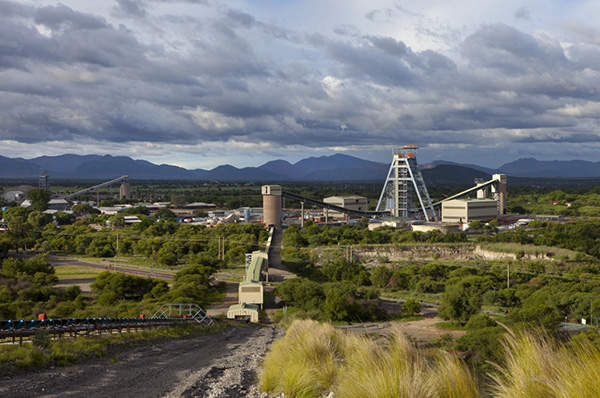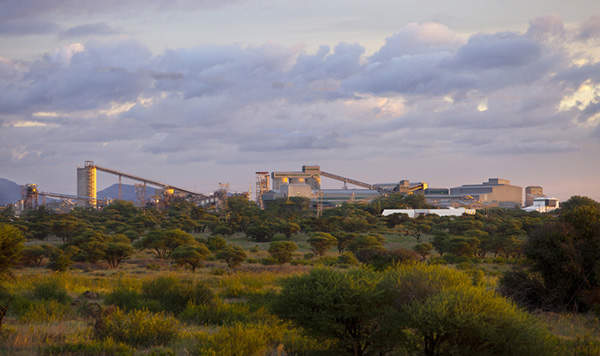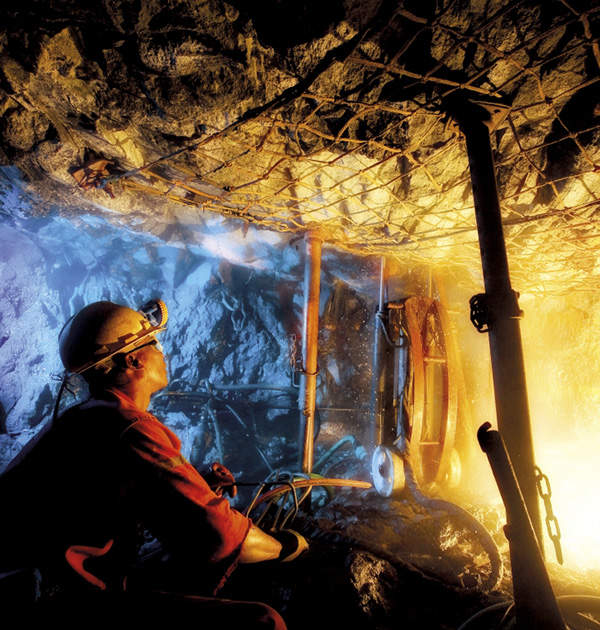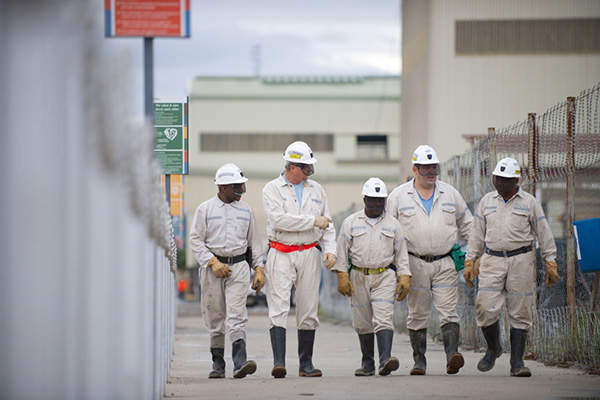The Tumela mine is located in the Thabazimbi District in Limpopo province, South Africa, and contains platinum group metals (PGM). The mine is 100% owned by Anglo American Platinum, which is the world’s largest platinum producer accounting for 40% of the world’s supply.
The mining rights of the Tumela mine cover a total area of 111km² in the north-western section of the Bushveld Igneous Complex (BIC), which is the largest reserve of PGM worldwide. The life of the mine extends beyond 2091.
The mine is being operated as a standalone unit since 2009 after Anglo Platinum’s Amandelbult section was split into two mines, namely Tumela and Dishaba.
Tumela mine’s platinum reserves
The Tumela mine produces platinum, palladium, rhodium and gold (4E). It is estimated to contain 38.2Mt of proven and probable reserves, including 38.1Mt graded 4.61g/t in UG2 Reef and 0.1Mt graded 5.74g/t in Merensky Reef, with 5.6Moz of contained metal as of December 2019.
The Merensky Reef has 117.1Mt of total measured and indicated and inferred resources, while UG2 has total resources of 196.9Mt. The reserve life of the mine is expected to be 14 years.
Infrastructure of the Tumela mine
The mine has two production areas, namely the Tumela Lower mine and Tumela Upper mine.
The Amandelbult complex has five vertical and seven decline shaft systems.
The depth of operation for current operations runs from the surface to 1.3km beneath the surface.
Geology and ore details of the Bushveld complex
The Tumela Mine is located in the north-western area of the BIC, which was formed about 2,000 million years ago. The BIC is a huge, geologically unique, saucer-shaped intrusion with a width of 350km, length of 250km, thickness of up to 12km and a total underlying area of 66,000km².
The BIC is rich in platinum group metals with the PGMs mainly concentrated in its two reefs – Merensky reef and Upper Group 2 (UG2) reef. The PGM reserves in the two reefs are estimated to be 547Moz and one billion ounces respectively.
The Tumela mine exploits both Merensky and UG2 ore, with more emphasis on the later.
Merensky, whose resources are being extracted since 1925, has suffered depletion during recent years. The UG2 reef, which is found between 16m and 400m vertically down the Merensky Reef, now accounts for more than 50% of all the PGM containing ore processed in South Africa.
The UG2 ore contains more chromite but less nickel and copper sulphides compared to Merensky ore.
Mining method at the Tumela mine
The Tumela Mine uses underground mining method, mostly through conventional breast stoping with strike pillars. The mine also uses a remotely controlled drill to install roof bolts which are used to prevent tunnel roofs from falling. Ore is drilled by using low-profile drilling equipment and dumped from the stopes using load-haul-dump (LHD) vehicles.
Tumela’s run-of-mine ore undergoes comminution and gravity concentration at Anglo Platinum’s Amandelbult concentrator plant near the mine. Subsequently, the smelting, converting and refining of the concentrate are undertaken at Rustenburg Platinum Mines’ (RPM) metallurgical facilities.
The project will transition from Tumela Upper to Dishaba Lower section to become primarily a UG2 mine.
Production at the Tumela mine
The total PGM production at the Amandelbult complex stood at 893,300oz and 868,800oz in 2019 and 2018, respectively. Output from the chrome plant increased by 9% in 2019 to produce 908,700t of chrome concentrate.
The Tumela mine produced 543,000oz of PMG during 2010-2011. The refined platinum produced by the mine during the year was 264,000oz, an 11% decrease from the previous year.
The tonnes milled at the Tumela mine also decreased by 7%, to 4.2Mt. The decline in production was the result of safety stoppages and low-grade ore sources.
The mining cost of the Tumela mine increased by 14% to R2.9bn ($342m) in 2011.
The production at the Tumela mine was also hampered in 2012 due to continuous strikes and labour disputes until they were resolved in November.
The future of the Tumela mine
By the end of 2012, the immediately available ore reserve position of the Tumela mine was stronger than previous, which is likely to improve mine production.
A number of projects are also lined up for the mine, which upon implementation are likely to significantly boost future production.
The Tumela 10 West project, which aims at deepening of the existing 10 West decline system and the 16 West belt decline, has advanced from pre-feasibility to feasibility stage.
Feasibility studies on the Tumela Ore Replacement Project (TORP) are also underway. The conceptual studies of phase one of TORP were commenced in April 2012. Phase one of TORP includes 37 West Incline and 10 West Sub Incline projects, which are expected to produce 1Mtpa each from 2021 onwards.
Another project, the Central Shaft project, has also been planned to replace Tumela Mines’ depleting ore reserves.







